Church of Our Lady of Sorrows
Church of Our Lady of Sorrows
 The Church of Our Lady of Sorrows in Riga is the first stone sacred building in Riga, built after the start of the Reformation in Livonia. In its place stood a small chapel, consecrated in 1865. In 1875, the Austrian Emperor Joseph II passed through Riga, who, visiting this small church, was extremely surprised and indignant at the poor and unsightly appearance of the chapel. He donated an impressive amount of money to build a more representative temple.
The Church of Our Lady of Sorrows in Riga is the first stone sacred building in Riga, built after the start of the Reformation in Livonia. In its place stood a small chapel, consecrated in 1865. In 1875, the Austrian Emperor Joseph II passed through Riga, who, visiting this small church, was extremely surprised and indignant at the poor and unsightly appearance of the chapel. He donated an impressive amount of money to build a more representative temple.
The first stone in the foundation of the future church was consecrated in 1784, and a year later the newly built church was consecrated in honor of Our Lady of Sorrows, the service was carried out by Bishop Janis Benislavskis. The future emperor of Russia Paul I, the Polish king Stanislav Ponyatovsky and other Polish magnates donated to the construction of the church. In addition, local Catholics provided financial assistance, as far as possible. According to the instructions of Empress Catherine II, all the buildings on the castle square, including the church, were to be built in the style of classicism.
The church had three entrances, the main one was located on the side. The church itself was made in the style of classicism, but some details belonged to the baroque.
In May 1854, the Russian Emperor Nicholas I came to Riga, who, after inspecting the temple, said that the building was not spacious enough, namely too narrow. The emperor’s remarks accelerated the repair work. In 1858, a radical restoration of the building began, which lasted 2 years. The head of perestroika was the young and talented architect Johann Daniel Felsko.
The last rebuilding of the Church of Our Lady of Sorrows, as a result of which the church acquired a modern appearance, took place in 1895. The architect of the project was the German master Wilhelm Boxlough. He gave the building a neo-Renaissance look and expanded it by completing the premises for the baptismal ceremony.
As a result, the Church of Our Lady of Sorrows acquired a graceful, eclectic finish, which has survived to the present day with almost no changes. The height of the church, including the steeple, is 35 meters. The main entrance is located on the side of Castle Square. The church is 48 meters long and 17 meters wide. The Church of Our Lady of Sorrows refers to church buildings of the hall type. The top of the three-story tower, which serves as the dominant, is crowned with a pyramidal spire.
Regarding the interior, it is worth noting that after repeated reorganizations, each of which brought something of its own, that there was a bizarre mixture of all architectural styles in it. Here you can see the elements of classicism, in this style the church was made initially. The first perestroika brought elements of romance and Gothic, well, later neo-Renaissance elements also appeared. The church safely endured the periods of wars and Soviet times, all this time it was active.


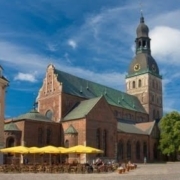
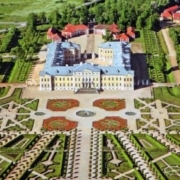
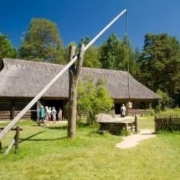
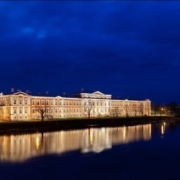

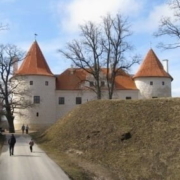




Leave a Reply
Want to join the discussion?Feel free to contribute!